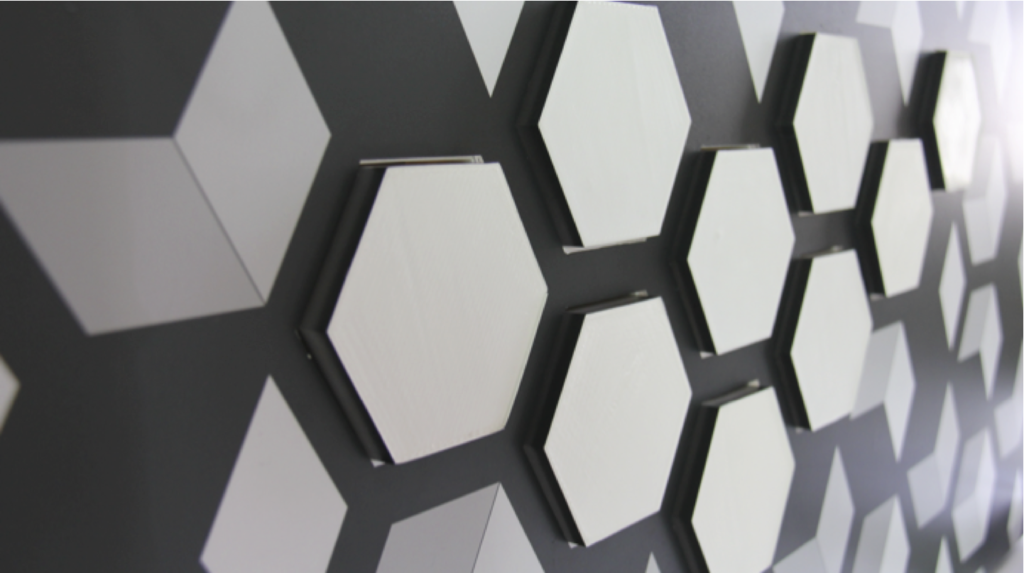Computational Design & Domestic Space
Research Project & Installation
To establish a notion of domesticity in the digital and telematic age, it is important to acknowledge that the physical structure of our domestic unwelt is constantly penetrated by digits, protocols, and frequencies. The physical space is simply a basic layer that slowly accumulates a collection of things that we consider as “home”. The lifestyle of our epoch makes it impossible to distinguish between the cyber, physical, and the virtual, making the boundaries even blurrier concerning perceived habitats. Home now includes our social media accounts, the World Wide Web, and accessible Wi-Fi hot spots; digital spaces that connect, link, and help us enter places we feel calm, open, sheltered, and secluded. Ubiquitous technologies within architectural spaces become extensions of a person’s lifestyle, mood, and psyche, providing not only survival possibilities, but also poetic and colourful properties that are able to influence responses and actions.
HexSpace is a system/installation that attempts to question and identify issues concerning the domestication of technology and personalization through inhabitants’ behaviors and interactions. By extracting a number of parameters that cannot be perceived without specialized instrumentation, the installation challenges our experience and perception using a further layer for reflection and investigation regarding interior space and the domestication of computational interactions as well as the Internet of Things. Using tangible reconfigurable objects fit within the structural complexity of the physical environment, users/occupants are allowed to alter the way the system behaves and further acknowledge the qualities that constitute their intimate interiors.
The proposed system consists of an array of sensor devices that have been configured to capture environmental information (such as air quality, light or sound conditions, radiation, carbon monoxide, to name a few) as well as inhabitants’ sentiment data (mood, activity, energy or stress levels), and to share the information in local and remote systems and networks for further processing. Online services that are connected with the devices make it easy to distribute information to any mobile or computer device and allow opportunities for interfacing with the captured values.
HexSpace therefore is a speculative design of domestic environments that permits tangible reconfiguration in multiple places transforming its hexagon openings into ambient displays of information extracted from the environment’s properties. In its normal configuration, the wallpaper on its entire surface displays a static physical texture. Fit within the structure, there are 9 hexagon tangible objects that the user can extract from the surface, rotate, and reposition, creating a new response as ambient visualizations are mapped on that specific hexagon’s surface. With a new rotation, new data emerge as separate projected visualized responses. In its entirety, the wallpaper allows 9 different displays at the same time that may be configured by the user according to personalized preferences. The information is extracted mainly in realtime by the data grid and sentiment log devices, and often from the online database using multiple stored events.
